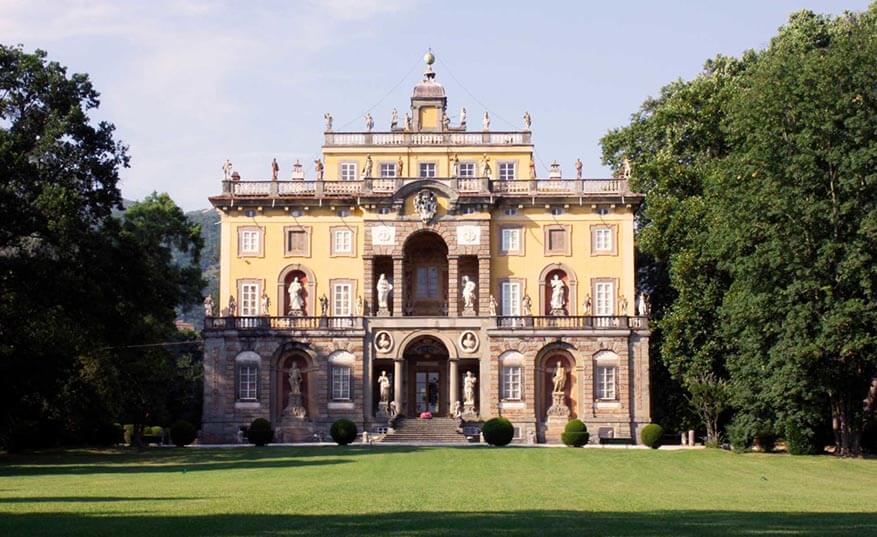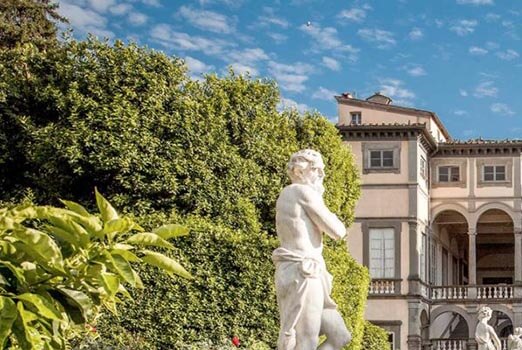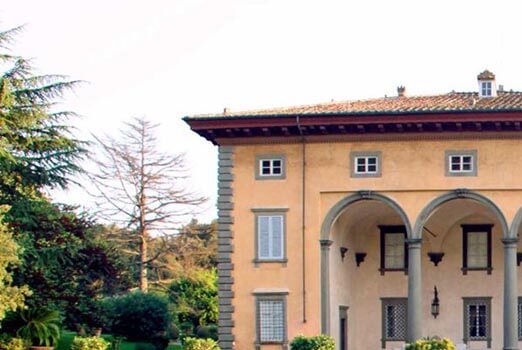The monumental villas in Lucca are an extraordinary collection of nature and art created in the 16th century with the support of the wealthy and independent Republic of Lucca.
This Italian heritage is open to the public, and lets visitors retrace the history of Lucca, its economy and art inspired by European influences, while maintaining strong local traits. The image of Lucca is closely linked to its land, “surrounded on all sides by a circle of hills, known for its many quaint and elegant villas, with majestic palaces, charming gardens and multiple other pleasures brought by the new nobility to be marvelled at” wrote Gualdo Priorato in the 17th century.
Just outside the historic center of Lucca, the Villas have been designed with the lodge to better live the countryside, follow its productions, enjoy life in nature and take care of it.
The Gardens, initially only vegetable gardens, over the centuries have been enriched with fountains, caves, paths and flower, especially citrus fruits in large terracotta basins. Visiting the several gardens is a sensory experience through history and nature. You could be fascinated by statues and sumptuous architecture that have added to the simplicity of the sixteenth-century construction like scenography worthy of a seventeenth-century theater. The great palaces such as Versailles and the Roman palaces were used as models, real theaters were created between 1600 and 1700 to amaze the visitor. All the Gardens combine the ladscape architecture with the aves and nymphs in different shapes. Some Villas can also be visited inside, where frescoes of the seventeenth century recall the theme of the garden with the Seasons (Villa Torrigiani) or of the nineteenth century evoking landscapes and decor (Villa Grabau). In the romantic period the studies of new botanical species has also enriched the Gardens with plants from different countries of the world, like species of Camellias, Azaleas or plants that now stand out in the parks ( Palazzo Pfanner, Villa Bernardini, Villa Oliva, Villa Grabau, Villa Reale, Villa Mansi, Villa Torrigiani, Historic Garzoni Garden).









